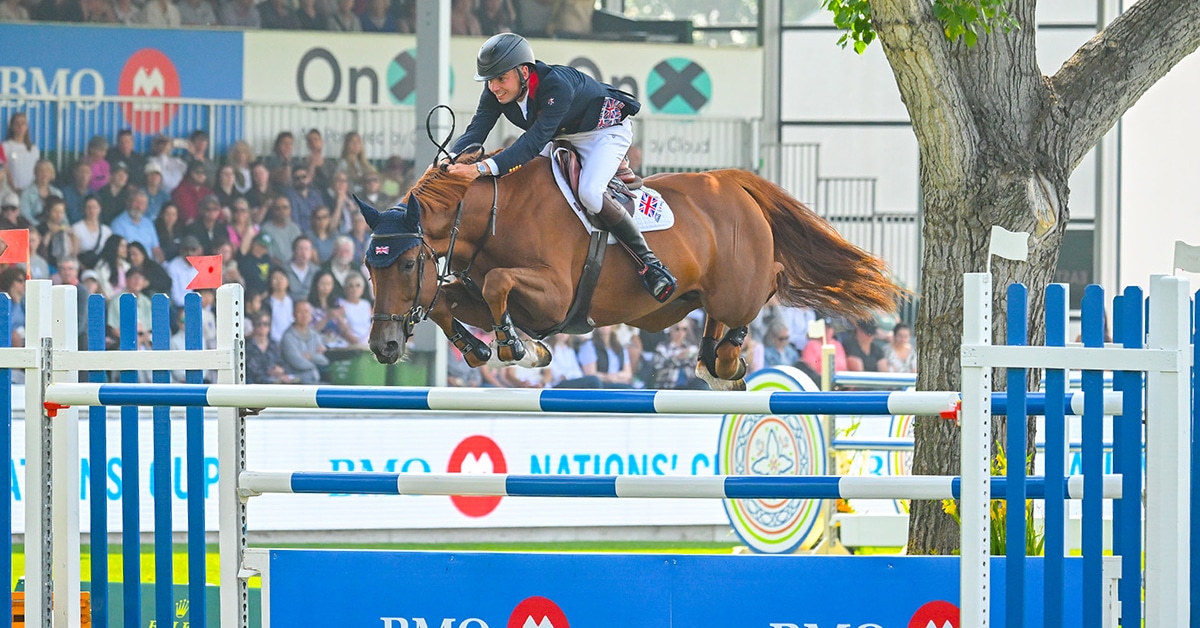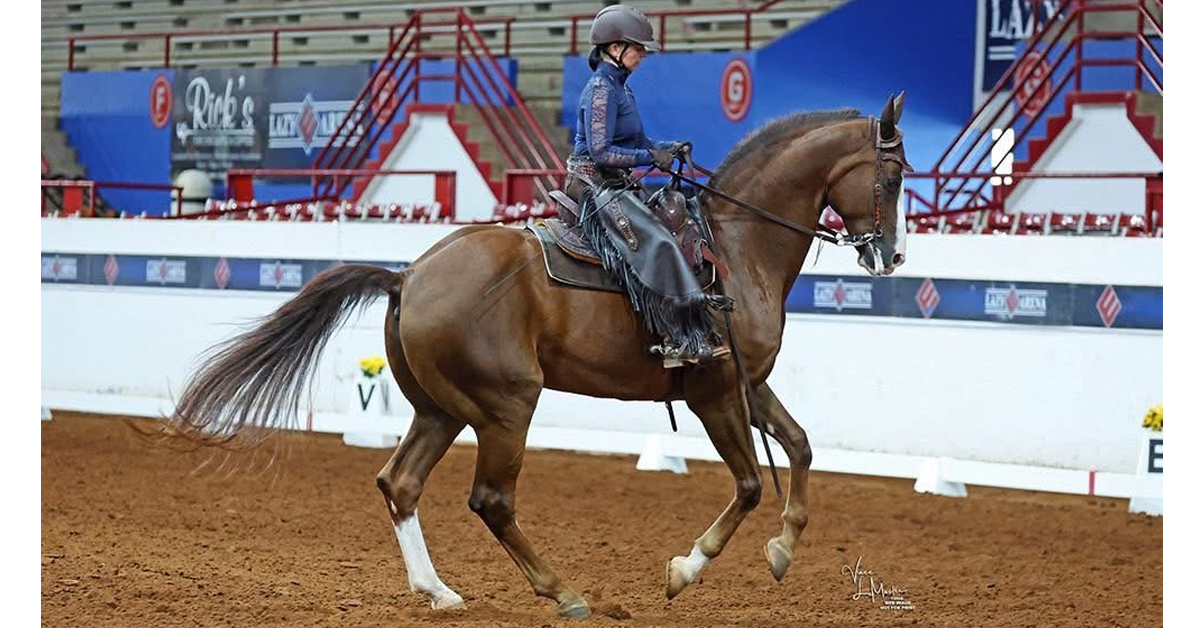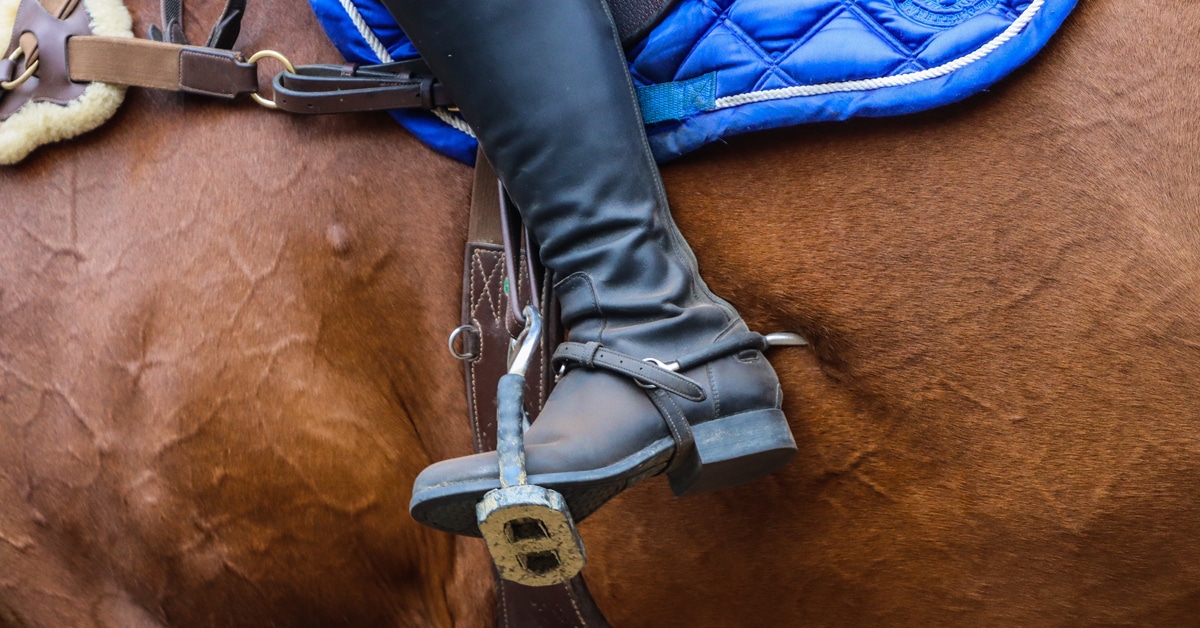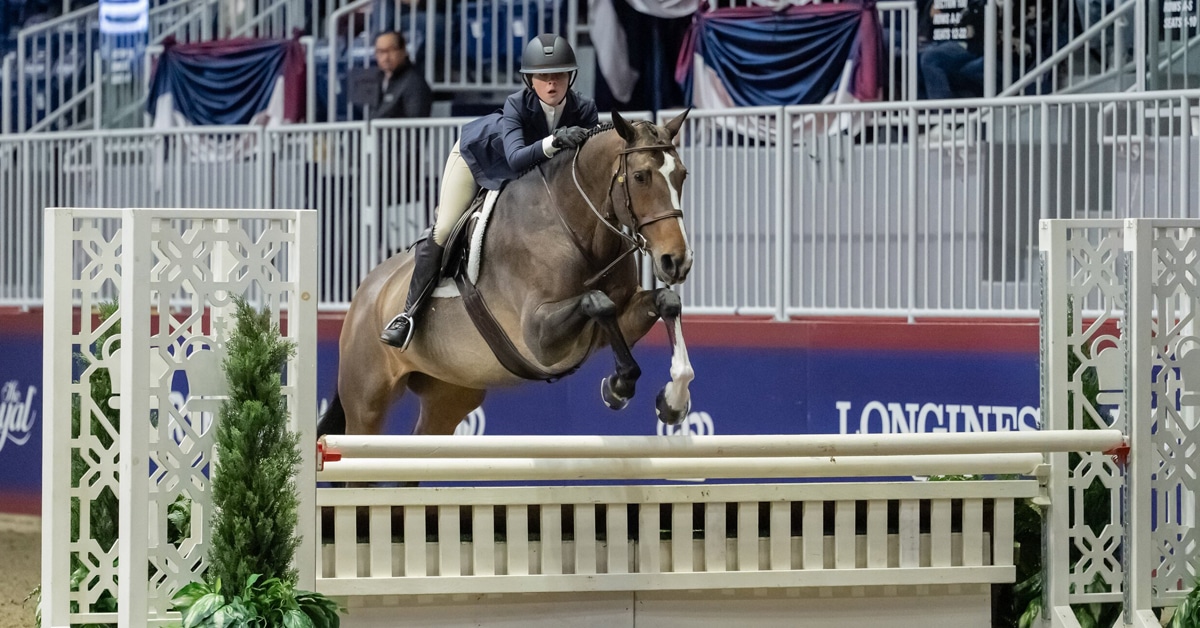What do these two parts of the training scale have to do with each other? They seem unconnected, but are completely linked to each like push-pull and yin-yang.
Suppleness is the elasticity and changeability of your horse both front to back (longitudinally) and left to right (laterally). Impulsion is your contained energy and power. If you were to have all of one, the other falters. As a result, a rider needs to continually play with each component until you find the sweet spot of each without completely sacrificing the other.
 Understanding Suppleness
Understanding Suppleness
There are two kinds of suppleness ‒ longitudinal and lateral. Longitudinal suppleness is the horse’s ability to go forward and back, or collect and extend. The amount of change is relative to the level of training. For example, the difference between ‘working trot’ and ‘lengthen stride in trot’ is much less in a lower-level horse than a grand prix horse who can piaffe (maximum collection) and extend the trot. Part of this suppleness is about obedience, and part of it is about balance and strength.
Lateral suppleness is the feeling of how the horse can flex and bend left and right. It is also about how the jowl and poll soften to pressure, allowing the horse to flex side-to-side, and how softly the horse is able to respond from inside leg to outside rein, creating bend in the ribcage. One side is always smoother and easier than the other, and as with longitudinal suppleness, the amount of bend you may have will depend on the level of training you and the horse are at in this moment.
When you have a horse who is buttery, soft and supple, they are often very relaxed and actually quite boring! The feeling is nice, but the response to adding power may be delayed, or perhaps the relaxation is a little too much, because what is needed for the power and presence of the upper levels to show collection is ‘positive tension’ which is not the same as stressful tension. Just like an elastic band that is stretched, there is a positive tension inside the elastic making it movable, but also ready to spring. Suppleness is needed prior to adding impulsion to ensure the horse uses its body efficiently, comfortably, and naturally.
Some simple exercises to improve suppleness include:
- Figure eights, serpentines and loops to encourage lateral flexion one way, but also in the moment between flexion right and flexion left where the horse understands to yield on one side while being ready to switch to the other. The “counter change of hand” is where the magic happens for developing more lateral suppleness.
- For an improvement in longitudinal suppleness, perform mini-transitions between and within the gaits. Mini-transitions are short, close together transitions where the rider asks the horse to change speed or gait for two to three strides, and then rides out again.
Understanding Impulsion
“Speed is the enemy of impulsion.”
This is a quote many dressage riders have heard, because impulsion is more accurately contained energy, like the elastic band mentioned above. Impulsion is forward energy with power while maintaining balance and not rushing or pushing all of the horse’s weight onto the forehand. “Power boat balance” is the uphill power from behind created much like when a motorboat is given the gas. Too much impulsion and power and the horse becomes heavy in the hand, has less ease of flexion through the jowl and poll, and may not bend through the ribcage. With a lot of power, suppleness is needed to direct it in the right direction.
The canter has the most impulsion of all the gaits; the trot is next, and the walk has no natural impulsion. Impulsion implies a moment of suspension, which both the canter and trot have in the moment where all four legs are off the ground. In the walk, there is always a foot on the ground, and as a result the rider needs to teach the horse to find an inner impulsion in the walk by ‘stealing’ it from the trot and canter.
Stealing impulsion from the gait above is a simple way to find more impulsion. The canter always makes the trot better ‒ riders discover this quite quickly after their first canter in the warmup. The flying changes make the canter better. And transitions close together help the horse expect and produce more impulsion.
Impulsion and collection go together as well. For every ounce of collection, there is an opposite ability to produce more power; therefore, riders should work on both together. Working on 10-metre and 8-metre circles helps the horse understand how to engage and take more weight on the inside hind leg to create more uphill balance (collection). After creating the extra collection, don’t forget to go forward again to refresh the impulsion/energy, and also to find the extra length of stride towards medium and extended paces.
The Symbiotic Relationship Between Suppleness and Impulsion
Suppleness allows impulsion to flow without restriction; without it, energy becomes blocked, leading to resistance and/or tension. Impulsion helps sustain the ‘positive tension” which enables the fluidity of suppleness, allowing the horse to move laterally and longitudinally while in motion. The right amounts of each create that ‘sweet spot’ where everything works. As it becomes more secure, the sweet spot gets bigger and you can ride to the edges for more suppleness or more impulsion without losing too much of the other.
This sweet spot in this relationship is the key to harmonious riding and something to work on everyday.
The Latest










 Understanding Suppleness
Understanding Suppleness